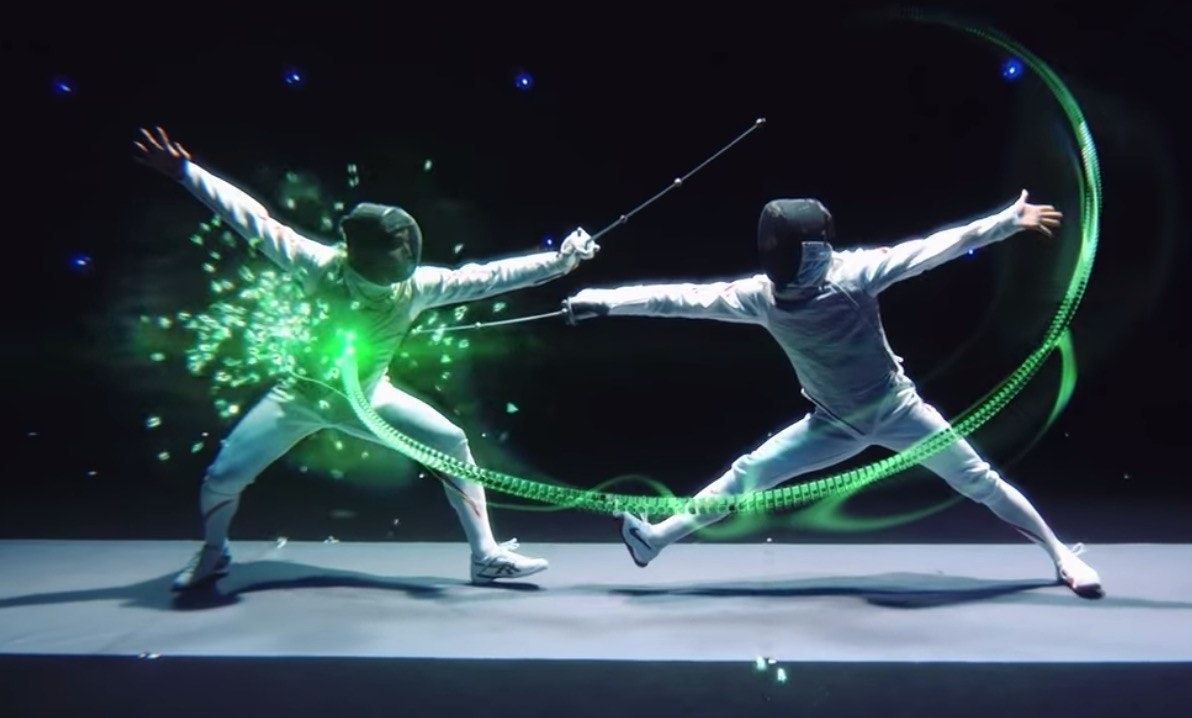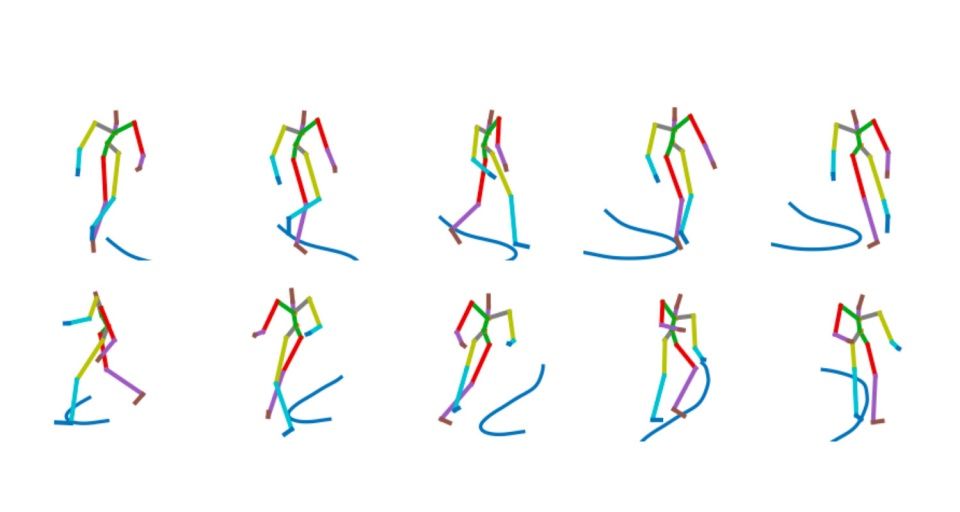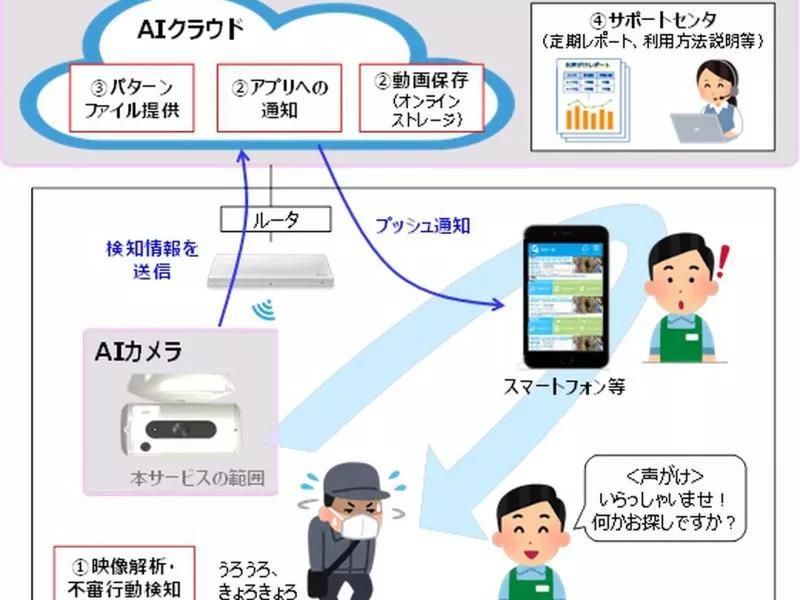How Artificial Intelligence Can Help Improve Athlete Performance

The Olympic and Paralympic Games in this area have come to a successful conclusion. Hong Kong athletes have achieved very impressive results, which is encouraging. Whether it's fencing, weightlifting, swimming, running, etc., performance or technique is made up of factors such as speed, strength, agility, endurance, and more. To further improve athlete performance, use technology to assist the entire training process. Using artificial intelligence and Internet of Things technology, the video camera records the physical movements of the athletes during training, and various sensors installed on the athletes can obtain various data and analyze the performance of each athlete.
The video camera can be said to be one of the key points, because the camera can capture the posture changes of each athlete during training, including the angle, speed, and even the posture changes over the training time. This analysis can be called "human posture prediction". (Human Post Estimation)”.

The purpose of human body pose prediction is to find out the human body and the corresponding human joints (such as wrists and knees, etc.) in pictures or short videos and mark them, and then connect these marks to form a complete human body line. Human joints are easily blocked by clothes because of their small size, and are not easy to locate. However, with the advancement of technology, various algorithms can be easily identified, and the accuracy is very high.
Most human pose predictions use a deep learning algorithm called Convolutional Neural Network (CNN). It can extract depth information from the image by calculating the information of each small part and its correlation with other parts, and output the findings as Feature Maps of different scales, and then proceed to the next stage of algorithm learning.
In the process of attitude prediction, there are the following two common methods:
One: Detect the position of each person in the picture from top to bottom, and then predict the joint positions on the body separately for each detected person. The calculation time depends on the number of people in the picture, the more people, the longer the calculation time. One that takes a top-down approach is AlphaPose. Developed by the Shanghai Jiaotong University team, it can not only perform posture prediction in pictures or short videos, but also track movements in the picture, and output the results in PNG, JPG, JSON and AVI formats.

Two: From bottom to top, directly predict the position of all joints in the picture, and then use the degree of association to predict that each joint point belongs to the person in the picture. The operation is relatively simple and the time is relatively short. An example of a bottom-up approach is OpenPose. Developed by a team at Carnegie Mellon University, the Kinect can track 20 key points as we play games, while OpenPose is much more detailed than Microsoft's Kinect, a somatosensory game console. For the same action, Kinect can sense that the player is raising a hand, while OpenPose can recognize that the person's fingers are pointing in a certain direction.

Regardless of which method is used, the result is a series of joint coordinate positions (including visual images), and the analyst uses this data to calculate the speed of limb movement and joint angles. In addition to analyzing the changes of the same athlete in the training process vertically, the data of the athlete can also be compared with other athletes horizontally to analyze the strengths and weaknesses of each athlete.
If you can accurately capture the body movements of everyone on the street under the camera and analyze it, you really can't imagine how terrifying it is. You may have seen the relevant plot in the movie, this kind of surveillance is mainly used to catch fugitives. Japan In 2019, Japanese telecommunications company NTT East and technology company Earth Eye teamed up to develop an artificial intelligence system called AI Guardsman to guard against and monitor stores for thieves. According to them, the system has reduced in-store theft by about 40 percent. Whether it is because of the successful capture of the thief or the setting of this system to create a deterrent effect and then reduce the crime rate is really unknown.

Using technology to help athletes train to improve performance, or use it in medicine to monitor a patient's recovery is definitely a positive thing. The topic of data collection and application is expected to continue to be widely discussed in the next decade.
Facebook: https://www.facebook.com/drjackeiwong/
Instagram: https://www.instagram.com/drjackeiwong/
YouTube: https://www.youtube.com/@drjackeiwong/
Like my work? Don't forget to support and clap, let me know that you are with me on the road of creation. Keep this enthusiasm together!
